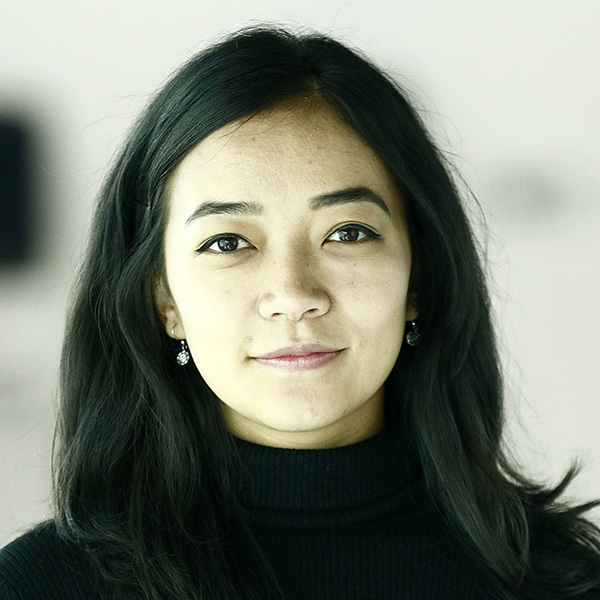Columns
Right to protest under threat
Despite the strengthening of human rights, the repression of protests persists in Nepal and worldwide.
Marissa Taylor & Ashmita Sapkota
On December 29, 2023, a demonstration in Balkumari, Lalitpur, carried out by youths who had failed their language proficiency test for shipbuilding jobs and were demanding they be allowed to retake language tests for work in South Korea, took a tragic turn. Police resorted to the use of lethal force to disperse the protestors. In the ensuing clash, seven protestors were reportedly injured and two lost their lives. One of the casualties, 23-year-old Sujan Raut, reportedly died after being struck in the chest by a police baton.
The youths should have been facilitated in articulating their legitimate concerns; however, Nepali authorities trampled on their right to peaceful demonstration. In a protest that could have been settled by promoting dialogue with the demonstrators, the police’s lethal and disproportionate force resulted in a grave violation of human rights.
This incident raises broader questions about the failure of the authorities to comply with international human rights standards, which not only protect the right to peaceful assembly but also impose constraints on the measures that the police and other law enforcement officials can legitimately use in response, even if isolated incidents of violence occur during a protest.
This, however, is not a lone incident, as over the past few months, authorities have used force to disperse peaceful protests. In one month alone, four people have died in different protests in Nepal. On December 13, 2023, one person died of bullet injuries when the police fired live rounds in the air to disperse protesters in Simraungadh Municipality in Bara. Similarly, on January 5, another youth died due to gunshot wounds when police clashed with protestors in Barahathawa, Sarlahi. This incident unfolded as locals were protesting against Barahathawa Municipality’s decision to transfer control of the primary health centre to the Madhesh provincial authorities. A curfew was also imposed in the area following the escalation of tension.
The police must always seek to de-escalate situations that might result in violence, and any use of force must strictly comply with the principles of legality, necessity and proportionality. Furthermore, an assembly may only be dispersed in exceptional circumstances—specifically, if violence is widespread and serious or more proportionate measures cannot reasonably address an imminent threat of serious violence. Even then, firearms must never be used to disperse a protest—firearms are simply inappropriate for the policing of assemblies.
The right to protest is protected in treaties safeguarding the rights to peaceful assembly and freedom of expression, including the International Covenant on Civil and Political Rights (ICCPR), to which Nepal is a party and whose values the authorities must uphold.
The use of force is not the only measure the Government of Nepal has employed to subdue public dissent in recent times. In November, in a bid to defuse unrest after two politically charged demonstrations took place on the same day, Kathmandu and Lalitpur banned demonstrations of any kind in key protest areas, including in areas near the president’s office, the prime minister’s residence and Pulchowk for a month (later extended to two months) and six months respectively.
Previously, in February 2023, the Kathmandu authorities prohibited people from protesting at Maitighar Mandala “until further notice”, but the Supreme Court ruled this indefinite prohibitory order illegal in July. Maitighar Mandala has historically been a focal point for demonstrations due to its proximity to Singha Durbar, the country’s administrative hub.
The police also arrested protestors of the Greater Civic Movement (Brihat Nagarik Andolan) while they were demanding justice for loan shark victims on December 15. On January 1, 2024, police arrested over 50 people, including Rastriya Janamat Party President CK Raut, outside Maitighar Mandala, for attempting to stage a protest in an area where demonstrations have been banned by the local authorities.
The right to peaceful assembly cannot be limited on arbitrary grounds. Law enforcement officials must carefully distinguish between peaceful protestors and those who may resort to acts of violence. The state is duty-bound not only to provide a safe environment for people to protest but also to enable and facilitate those protesters who remain peaceful, according to international human rights law. Despite the strengthening of human rights protections, the repression of peaceful protests persists in Nepal and across the globe. Even when protesters engage in violence, they still retain other rights, including the rights to life and to freedom from torture and other forms of ill-treatment, which the authorities must rigorously uphold at all times.
The recent incidents remind us of the risks that those who take part in protests all too frequently confront, recognising in turn that protest plays a pivotal role in bringing about political and social transformations. Historical events such as the Salt March in India in the 1930s, the Arab uprisings, and the People’s Movement (the first and second) in Nepal attest to the transformative power of protests. Throughout history, protests have often sparked significant shifts in political landscapes and societal norms. Technology has also transformed the landscape of protests, allowing for dissent to occur online and offline. Protest can now be exercised with the click of a button, amplifying the voices of those seeking justice, truth and accountability.
Protesters across the globe are facing a potent mix of pushbacks, with laws and other measures put in place to restrict the right to protest, including the misuse of force, expansion of unlawful mass and targeted surveillance, internet shutdowns and online censorship, and attempts to deter and demonise protesters through stigmatisation.
Protests serve as a means to demand justice, magnify dissenting voices, expose abuses and demand accountability from those in power. Individuals who partake in protests are often seen as a thorn in the side of the authorities, challenging the status quo and advocating for the advancement of human rights.
Protest is a right, not a privilege. Indeed, the ability to gather with others is not just a legal entitlement but a fundamental aspect of the human experience. These grave incidents are a stark reminder that the authorities must protect and facilitate the rights of those who seek to make their voices heard and that the right to protest is a powerful tool that continues to shape the course of history and advance the cause of human rights worldwide.
Sapkota is the campaign coordinator, and Taylor is the media and communications coordinator at Amnesty International Nepal.




 14.12°C Kathmandu
14.12°C Kathmandu
















